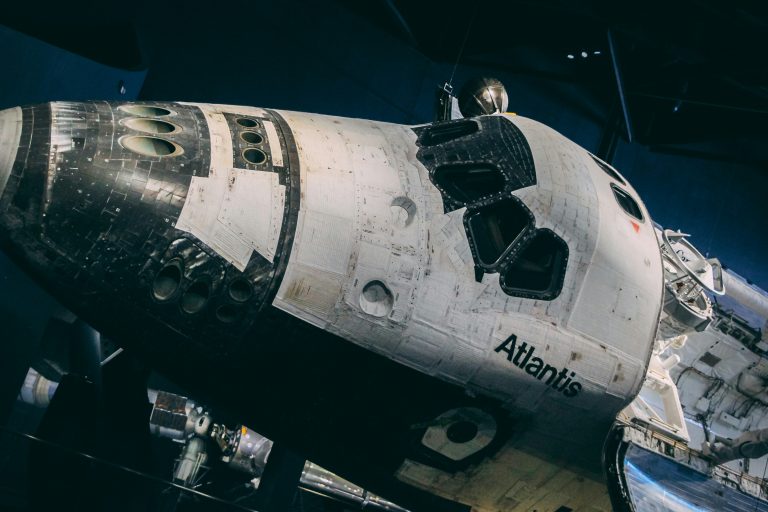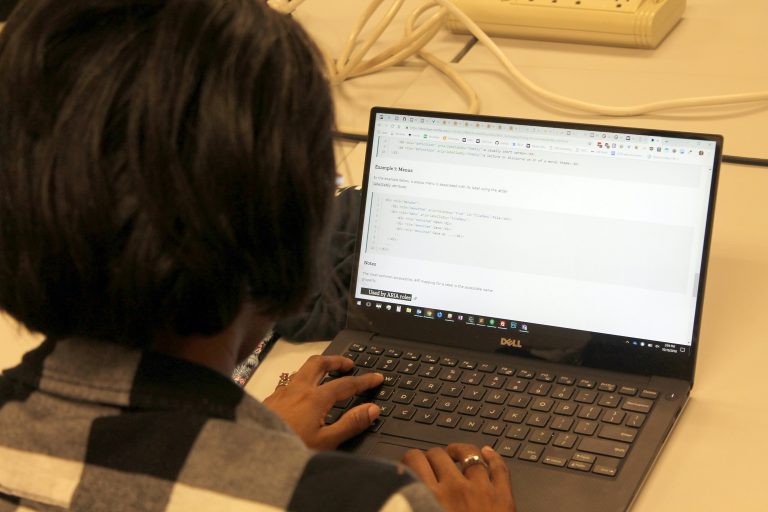The Rise of Multimodal AI: What Happens When Vision Meets Language
2 What Is Multimodal AI?
Traditional AI systems typically specialize in one mode of input text-based chatbots, image classifiers, or speech recognizers. Multimodal AI breaks these silos by combining multiple sensory inputs into a unified model. This means a single AI can caption an image, answer questions about a video, generate images from a prompt, or understand diagrams in a textbook.
Some well-known examples of multimodal AI include OpenAI’s GPT-4o, Google’s Gemini, and Meta’s ImageBind. These models blend the capabilities of large language models (LLMs) with computer vision, allowing richer and more intuitive human-machine interactions.
3 Why Does the Fusion of Vision and Language Matter?
Merging visual and linguistic understanding allows AI to interact with the world more naturally. Consider a few key applications:
1 Visual Question Answering: Ask an AI, “What is the person doing in this photo?” and it can provide a context-aware answer.
2 Image Generation: Tools like DALL·E can create artwork or realistic imagery from purely textual descriptions.
3 Accessibility Tools: Multimodal AI can describe scenes for the visually impaired or translate sign language in real time.
4 Education and Research: AI tutors can interpret visual materials like charts, maps, or anatomical diagrams alongside textual explanations.
5 Robotics and Autonomous Systems: Robots using multimodal AI can better navigate and interact with physical environments.

4 Under the Hood: How Does Multimodal AI Work?
These systems are typically built using transformer architectures that have been extended to handle multiple data modalities. By training on large datasets that include aligned image-text pairs (like captions, alt-text, or instructional content), models learn to associate visual features with linguistic concepts.
For instance, a multimodal model might learn that a “cat” corresponds to specific pixel patterns and the word “cat” across multiple contexts. Advanced versions use contrastive learning or joint embedding spaces where related images and text are close together.
5 Challenges on the Road
While multimodal AI is promising, it comes with technical and ethical hurdles:
1 Data Bias: Training data may reflect cultural, gender, or racial biases that get amplified in AI-generated content.
2 Alignment: Ensuring that the model understands context, intent, and nuance across modes is non-trivial.
3 Computation: These models are often large and expensive to train and deploy.
4 Misinformation Risks: Deepfakes, AI-generated images, and misleading visual content pose societal challenges.

6 The Future Is Multimodal
The fusion of vision and language isn’t just a technical achievement it’s a step toward AI systems that understand the world more like humans do. As these models grow more capable, they could fundamentally reshape how we teach, learn, create, and communicate.
But with great capability comes great responsibility. As we unlock the potential of multimodal AI, ethical frameworks, transparency, and robust governance will be essential to guide its development and use.






